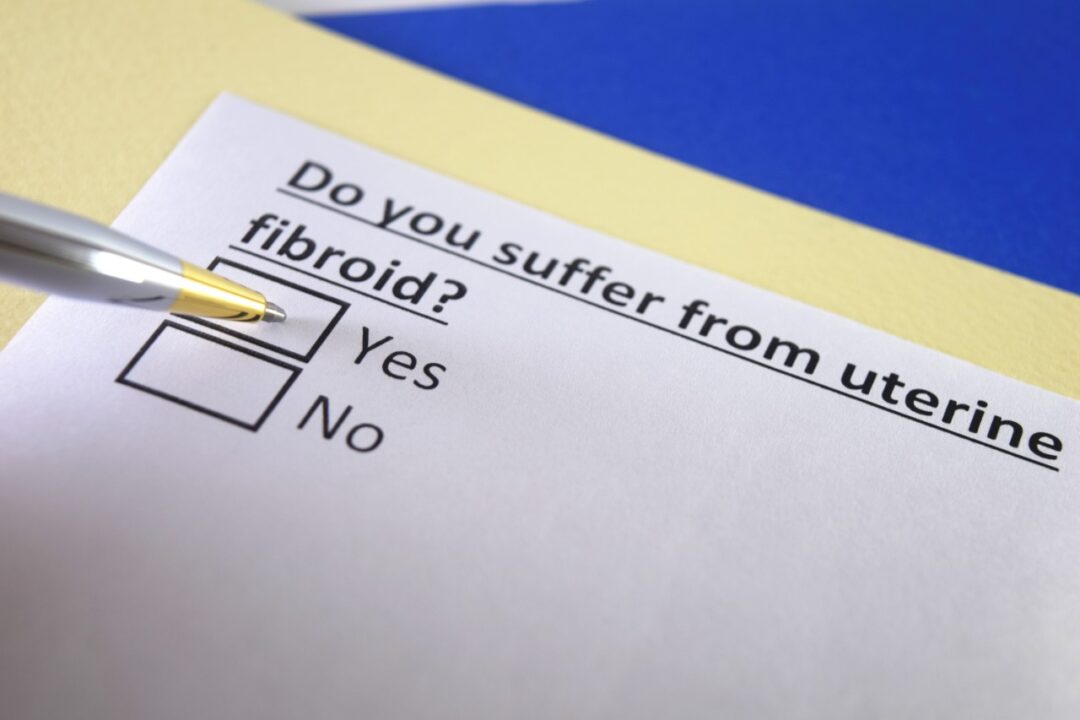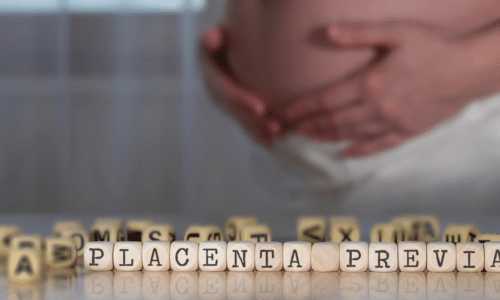What are uterine fibroids? |

Uterine fibroids, also known as leiomyomas or simply “myomas”, are non-cancerous tumors that grow in, on, or outside of the wall of the uterus. In a study involving U.S. women between the age of 35 and 49 years of age, it was found that 60% of African-American women and 40% of Caucasian women had evidence of this benign tumor. The prevalence of fibroids increased to over 80% in African-American women and 70% in Caucasian women by the time they were 50.
Fibroids can range in size from smaller than a pea to larger than a grapefruit. Often, there will be more than one present. Fibroids are most common during a woman’s reproductive years as their growth is affected by the presence of hormones, both estrogen and progesterone. After menopause, when estrogen levels decline, fibroids usually shrink in size.
Many women are unaware they have fibroids because they often cause no symptoms. These are usually discovered during a routine pelvic exam or after performing an ultrasound of the uterus for some other reason. Approximately 20-25% of women who have fibroids will have symptoms which are based primarily on the size or location of the tumors. The most common symptoms caused by fibroids are:
- Heavy, painful, and often prolonged menstrual periods
- Spotting between periods
- Chronic pelvic pain
- Abdominal fullness
- Constipation or frequent urination due to pressure on the bowel or bladder
- Painful intercourse
- Lower back pain
In severe cases, uterine fibroids can produce problems with fertility, premature labor, or repeated miscarriages.
Should an asymptomatic uterine mass be detected on routine examination, or if a woman presents with symptoms or physical findings consistent with fibroids, an ultrasound of the pelvic region is typically performed. In most cases, the sound wave test is adequate to establish the size, number, and location(s) of the tumor(s) and to establish a treatment plan. In some cases, more in-depth imaging studies such as magnetic resonance imaging (MRI) or x-rays of the pelvis following injection of dye into the uterine cavity and fallopian tubes (hysterosalpingogram) may be required.
In the past, many women with large or highly symptomatic fibroids opted to undergo surgical removal of the uterus (hysterectomy). Once the uterus is removed, however, a woman can no longer have children. Additionally, hysterectomies were often accompanied by removal of the ovaries (“total hysterectomy”), producing a “surgical menopause”. While removal of the uterus does provide definitive treatment for symptomatic fibroids there are now a number of other treatment options for treating fibroids. In next week’s Health Tips we’ll look at a number of medical as well as surgical options for removing fibroids or addressing the symptoms that they produce.
Sources for article:
Uterine fibroids from Mayo Clinic
Uterine fibroids from MedLine Plus
If you have any more questions just Ask Hanna, our health advisors are here to help.
Image: ©Shutterstock / Yeexin Richelle








